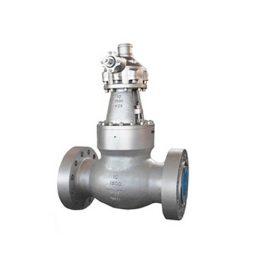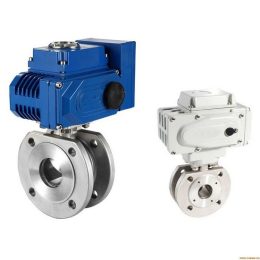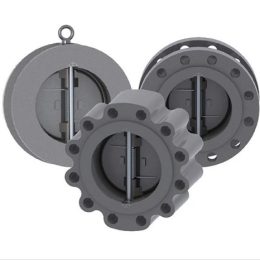Precautions for Butterfly Valve Installation
Butterfly valves are vital components in various industries, including the chemical, food, and water treatment sectors. They are used to regulate, isolate, and control the flow of fluids in pipelines. However, like all other valves, butterfly valves require proper installation and maintenance to function effectively. In this blog post, we will discuss the precautions that must be taken during butterfly valve installation.
Installation Environment
Before installing a butterfly valve, it is crucial to consider the installation environment. If the valve is to be used in corrosive or rusty surroundings, it is recommended to use the appropriate material combination. In special working conditions, consult the valve manufacturer for recommendations. The valve must be installed in a safe and easily accessible location that is also easy to maintain, inspect, and repair.
Surrounding Environment
The surrounding environment also plays a significant role in butterfly valve installation. The temperature should be between -20℃ and +70℃, with humidity levels below 90%RH. Before installation, check whether the valve meets the operating conditions and use requirements according to the nameplate mark on the valve. It is essential to note that butterfly valves do not have the ability to resist high pressure differences. Therefore, it is crucial not to let the butterfly valve open or continue to circulate under high pressure differences.
Installation Process
The installation process of a butterfly valve is equally important. Before installation, remove any dirt and oxide scale in the pipeline. During installation, ensure that the flow direction of the medium is consistent with the flow direction arrow marked on the valve body. Align the center of the front and rear piping, make the flange joints parallel, and tighten the screws evenly. Note that the pneumatic butterfly valve must not have excessive piping stress generated on the cylinder control valve. Provide appropriate support and fixation on the piping or on the body, depending on the size and weight of the cylinder control valve.
Maintenance Considerations
Proper maintenance of butterfly valves is crucial to ensure their longevity and optimal performance. Daily inspections should be carried out to check for leaks, abnormal noise, vibrations, and other issues. Regular inspections should also be carried out to check valves and other system components for leaks, corrosion, and jamming. Clean and remove dust and residual stains. Decomposition inspection is necessary after a certain period. During the overhaul, the parts should be washed, and foreign objects, stains, and rust spots should be removed. Damaged or worn gaskets and packings should be replaced, and the sealing surface should be corrected. After the overhaul, the valve should undergo a water pressure test and only be used if it passes.
If fluid leakage is detected during the inspection of the pneumatic butterfly valve, do not touch or approach the cylinder control valve with your hands until safety is confirmed.
In conclusion, proper butterfly valve installation and maintenance are essential to ensure that they function correctly and have a long lifespan. By adhering to the precautions outlined in this blog post, you can ensure that your butterfly valves work efficiently and safely.



